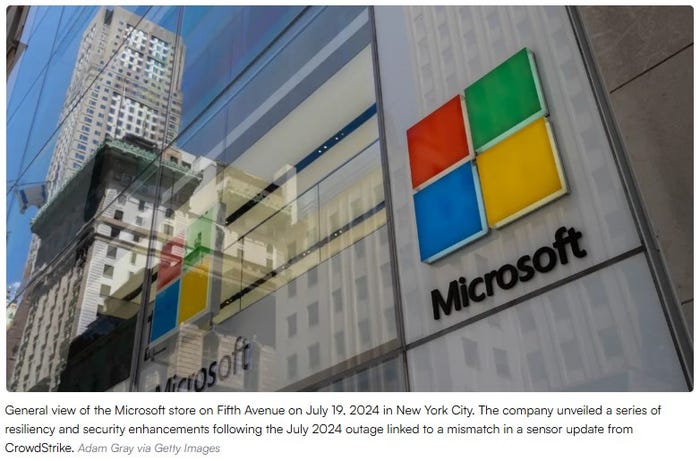Iraq shows Army radio problems
Urban warfare, officially called Military Operations in Urban Terrain or by the U.S. Army, is one of the most difficult and dangerous tasks soldiers are
August 1, 2003
Urban warfare, officially called “Military Operations in Urban Terrain” or “MOUT” by the U.S. Army, is one of the most difficult and dangerous tasks soldiers are called to perform. Effective communication between squads — the nine to 11-man basic organizational unit of the infantry — and individual troops is key to maintaining situational awareness when fighting in built-up areas. A recent paper, “Lessons Learned,” documenting equipment effectiveness in Operation Iraqi Freedom highlights the need for the Army to improve radio gear. Produced from on-site interviews with soldiers serving in the Baghdad area in early May 2003, Lt. Col. Jim Smith of the Program Executive Office (PEO) Soldier office identified squad communications as “needing the greatest attention” by the acquisition community. PEO-Soldier, located at Ft. Belvoir, Virginia, is tasked with arming and equipping soldiers and is responsible for the high-tech “Land Warrior” program.
The U.S. Army standard issue squad radio, described as the “Soldier’s Intercom” is the Icom IC-F3S VHF radio. It was selected in 1998 as a COTS (Commercial off-the-shelf) purchase to fill the Army’s need for an intra-squad radio. Soldiers had “no confidence” in it and called its range unsatisfactory. A few soldiers used their own funds to buy handsets and longer antennas for the units. Instead, “everyone” had “Motorola-type” hand-held radios with “vastly better range and power performance.” The report doesn’t specify if the soldier-purchased units were designed for business or personal usage.
It should be noted the U.S. Marine Corps chose a slightly modified version of the Icom IC-4008A FRS radio for the intra-squad solution.
At the company and the platoon level, units were equipped with the AN/PRC-148 MBITR radio. Manufactured by Thales Communications, the 30-512 Mhz range radio is able to transmit both voice and data and weighs less than two pounds with a lithium battery. It also is capable of accepting input from the Army’s PLGR GPS receiver. Soldiers felt the MBTIR would be a good solution for squad communication, but needed to be lighter and smaller.
Another off-the-shelf device — the Garmin Rino — was provided to the 82nd Airborne by the Army as part of PEO-Soldier’s rapid equipping initiative but was used less for communication and more for location. The Rino, currently listing at $195 per unit, is a GPS-enabled unit that incorporates a FRS/GRMS radio and is able to provide position reporting of its location to other Rino users within a two-mile range. Soldiers used the Rino for GPS positioning, since it was lighter, smaller, used less power, and able to acquire GPS satellite signals faster than the Army’s PLGR system. They didn’t use the communications capability because it consumed batteries too quickly in radio mode.
Batteries popped up as a major issue. Soldiers wanted to see a standard battery type for all devices, specifically AA. They didn’t feel rechargeable batteries were sustainable in field operations, but there hasn’t been a mass of rechargeable batteries or support equipment deployed to support them.
Actions based on the final report are likely to fall into two categories. If a COTS product is available to meet an immediate need, PEO Soldier will likely procure it in a rapid fielding initiative.
Based on the comments from Operation Iraqi Freedom, the U.S. Army should be shopping for radios. For the long run, the experience will be incorporated into the assembly and fielding of the future Land Warrior program.



